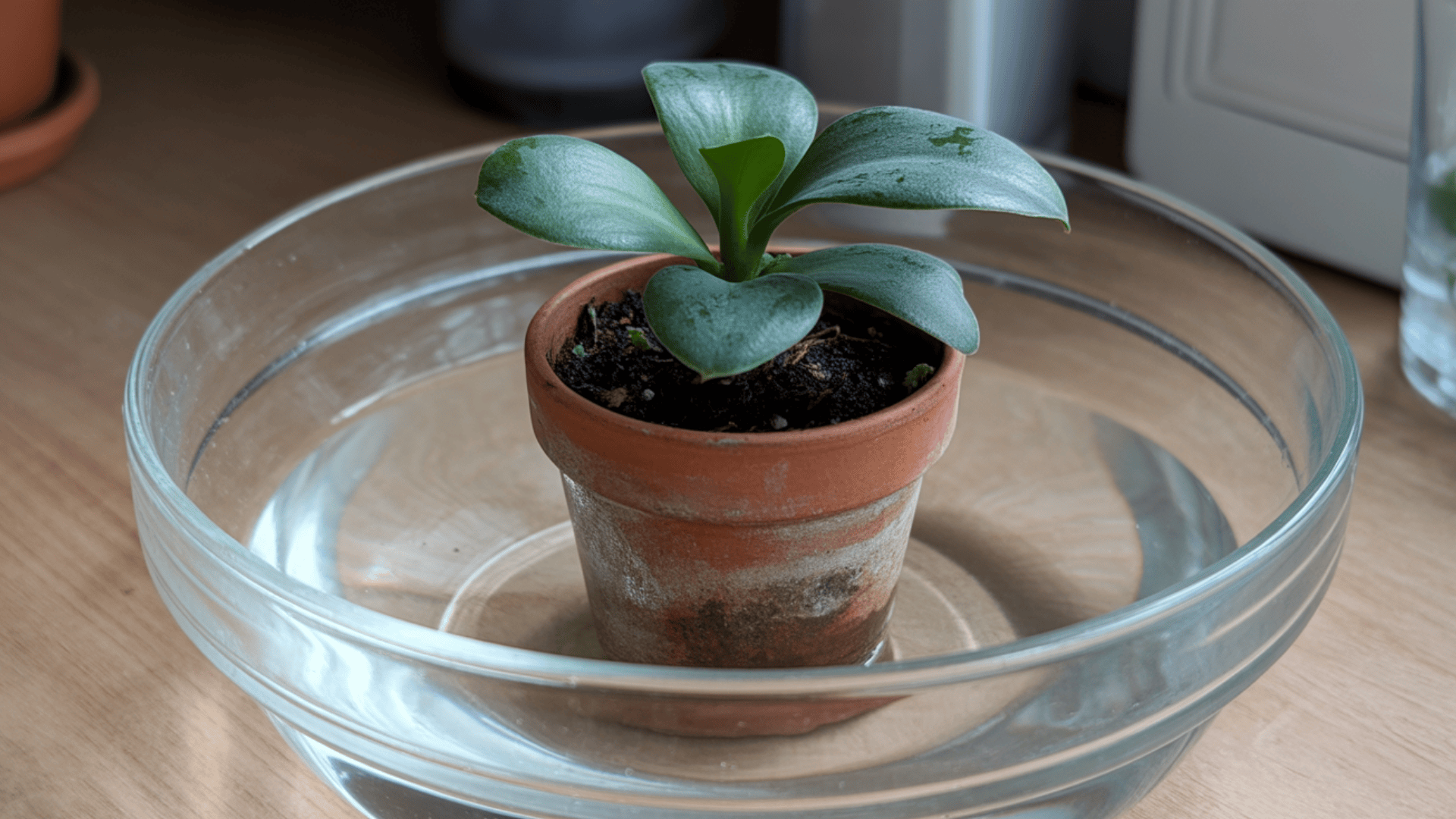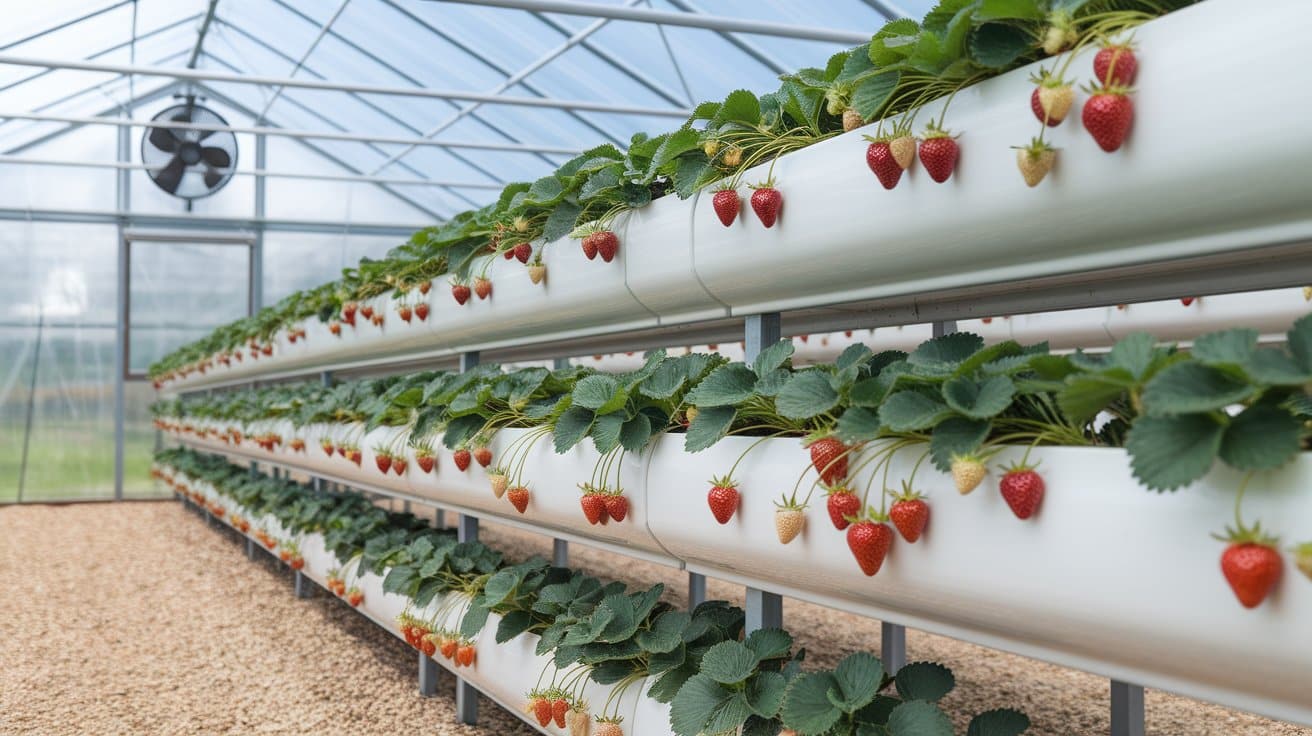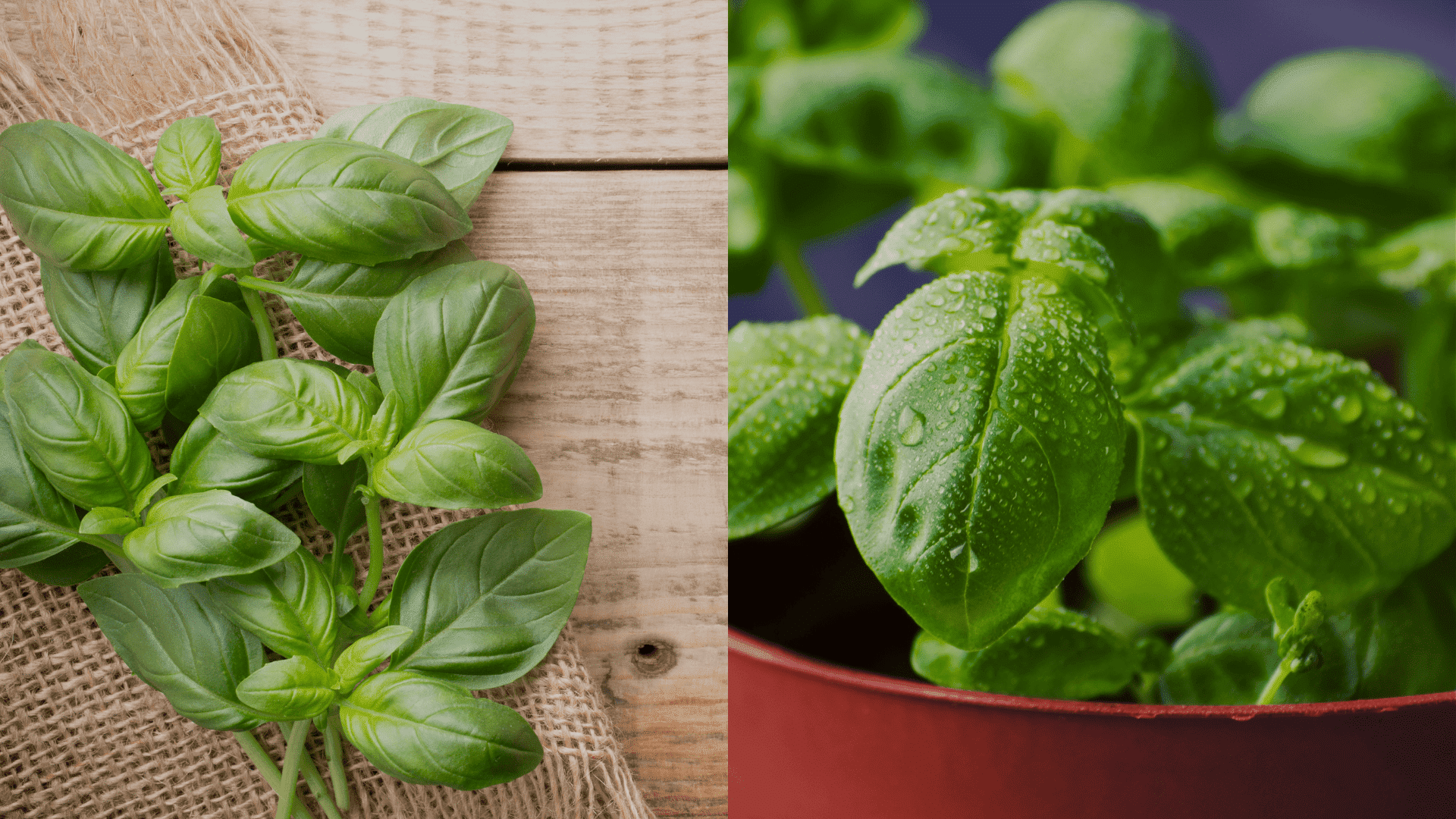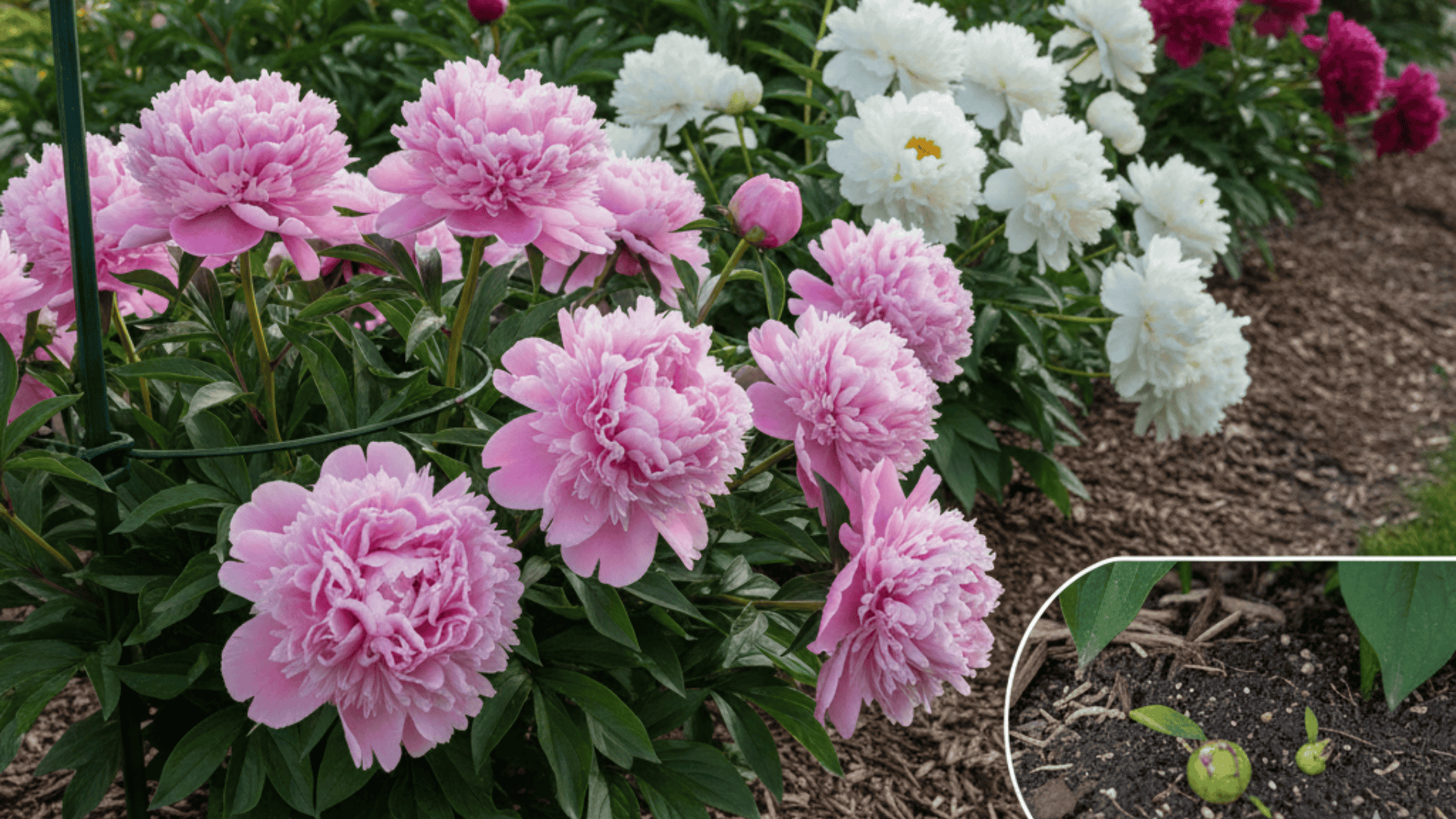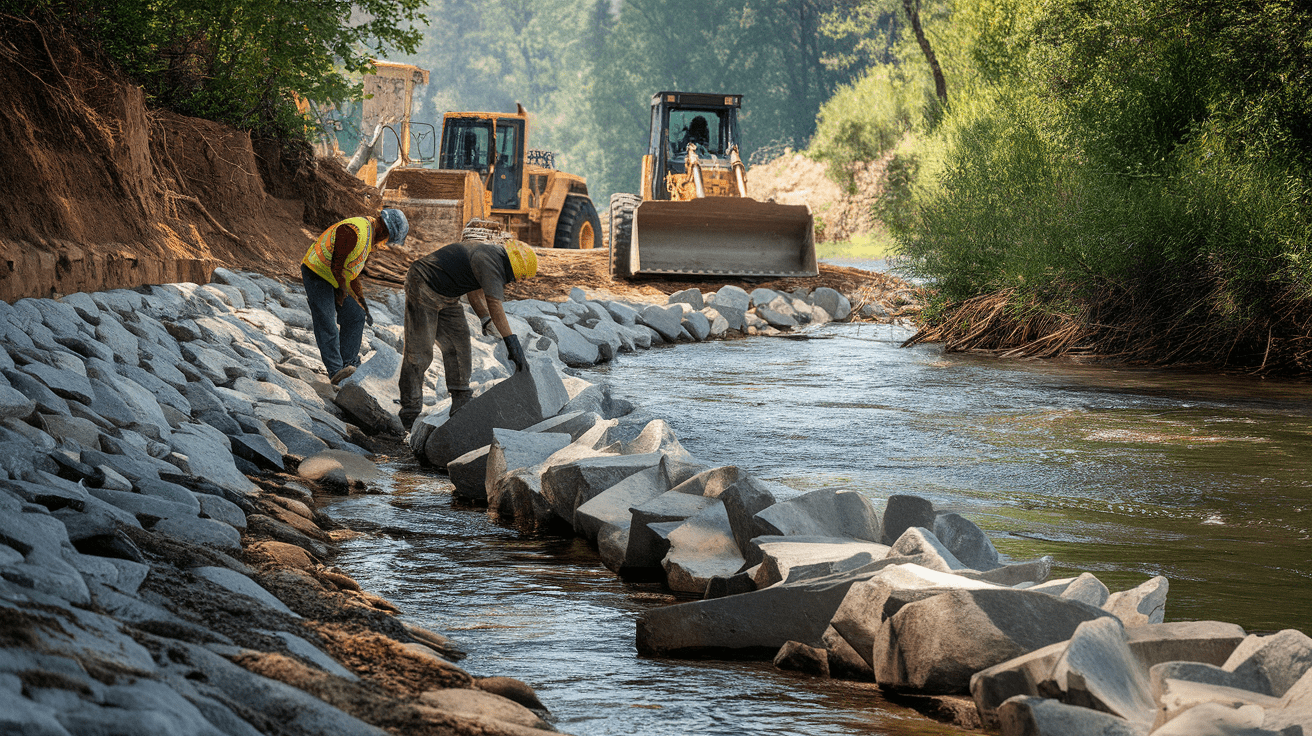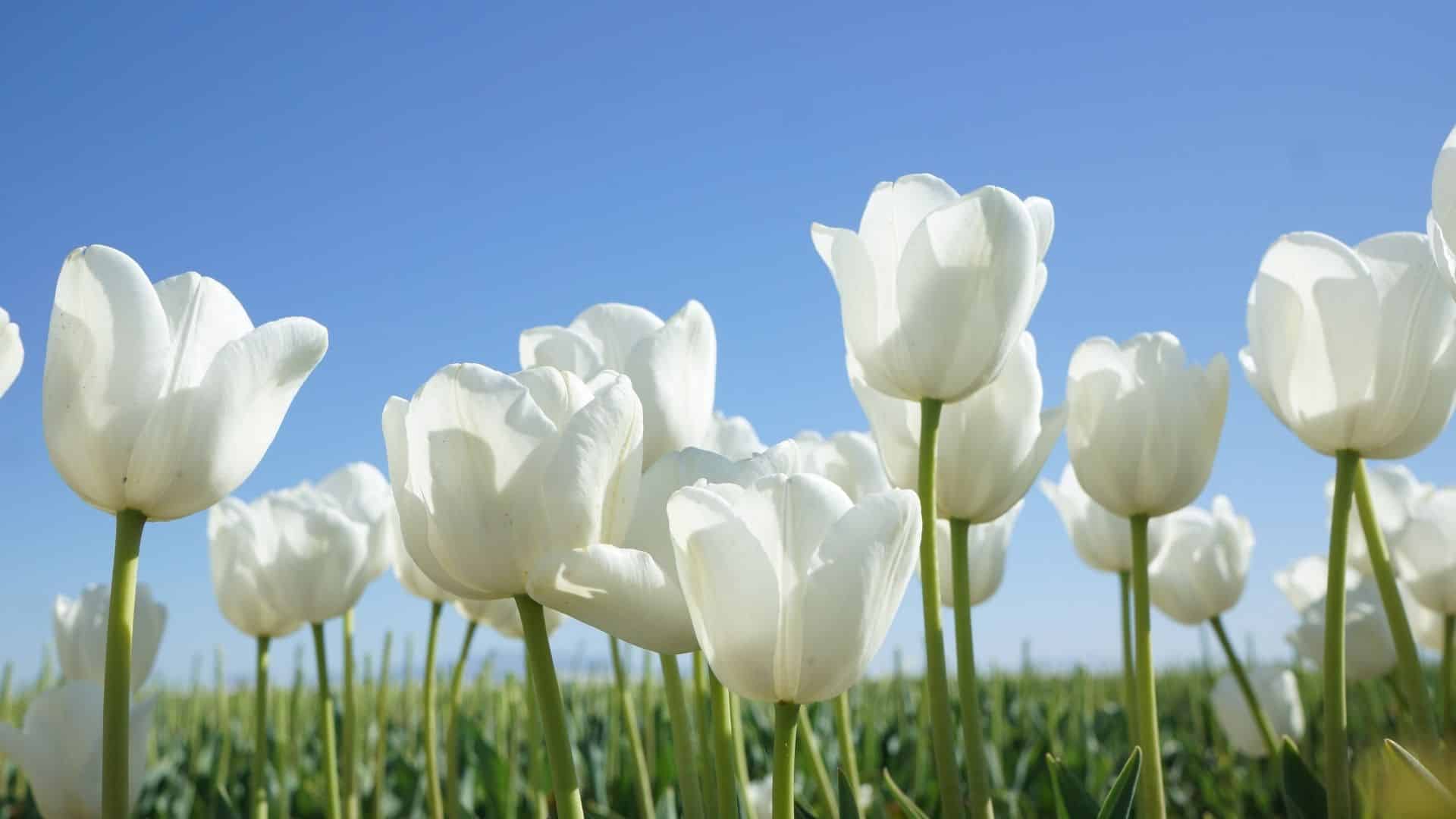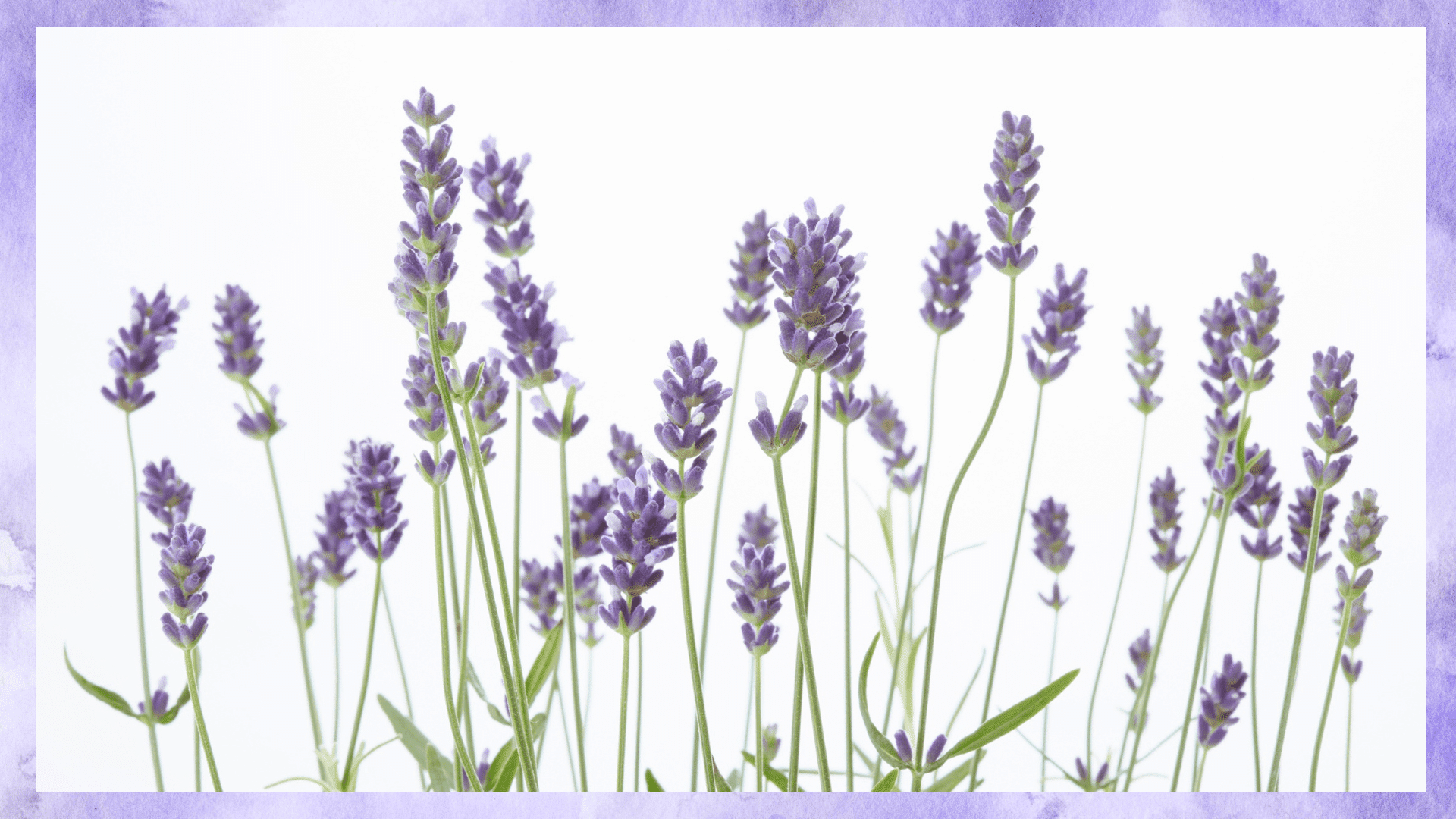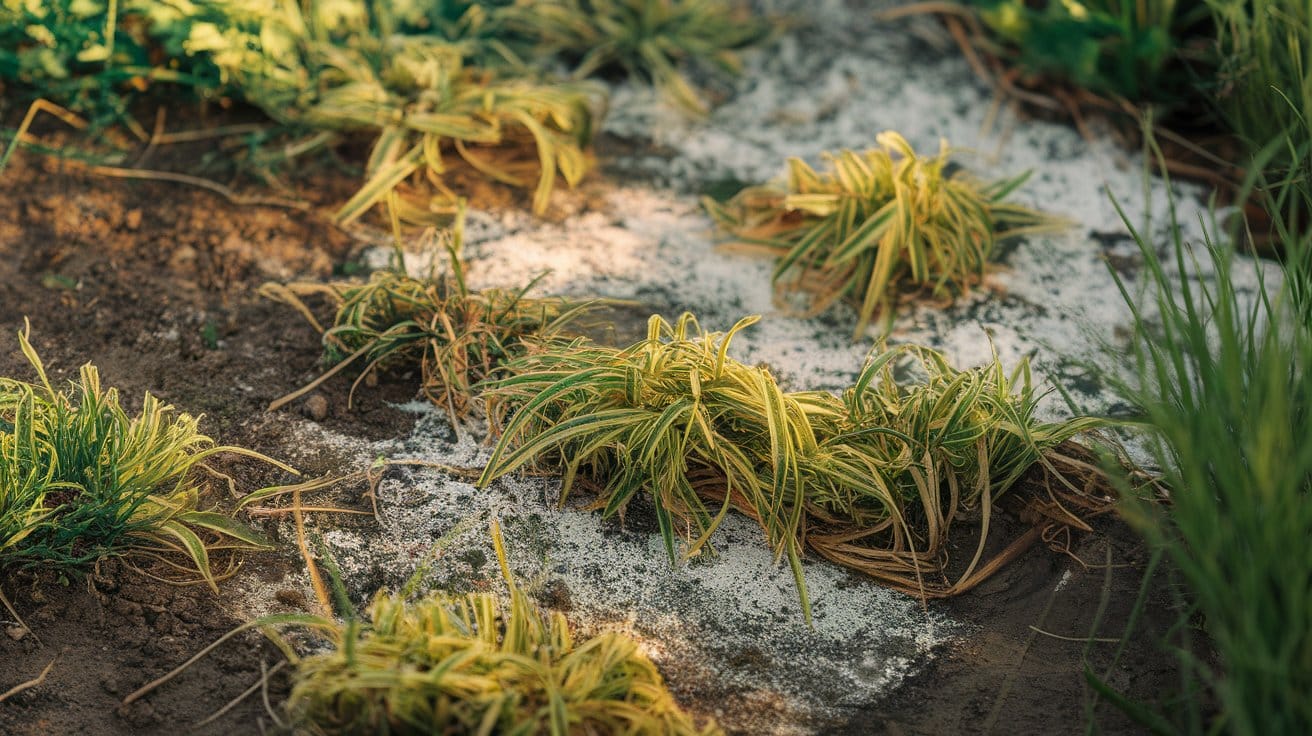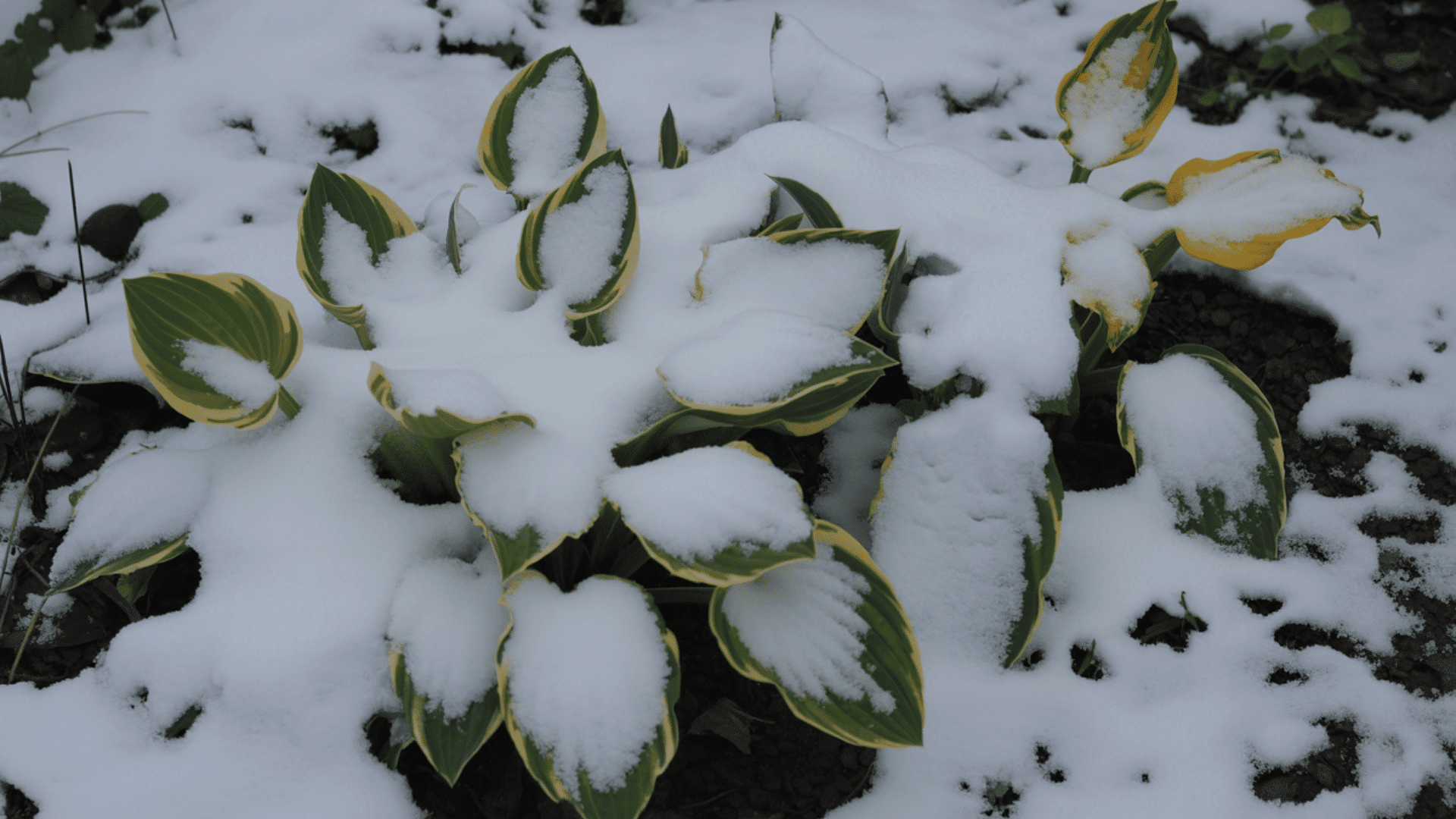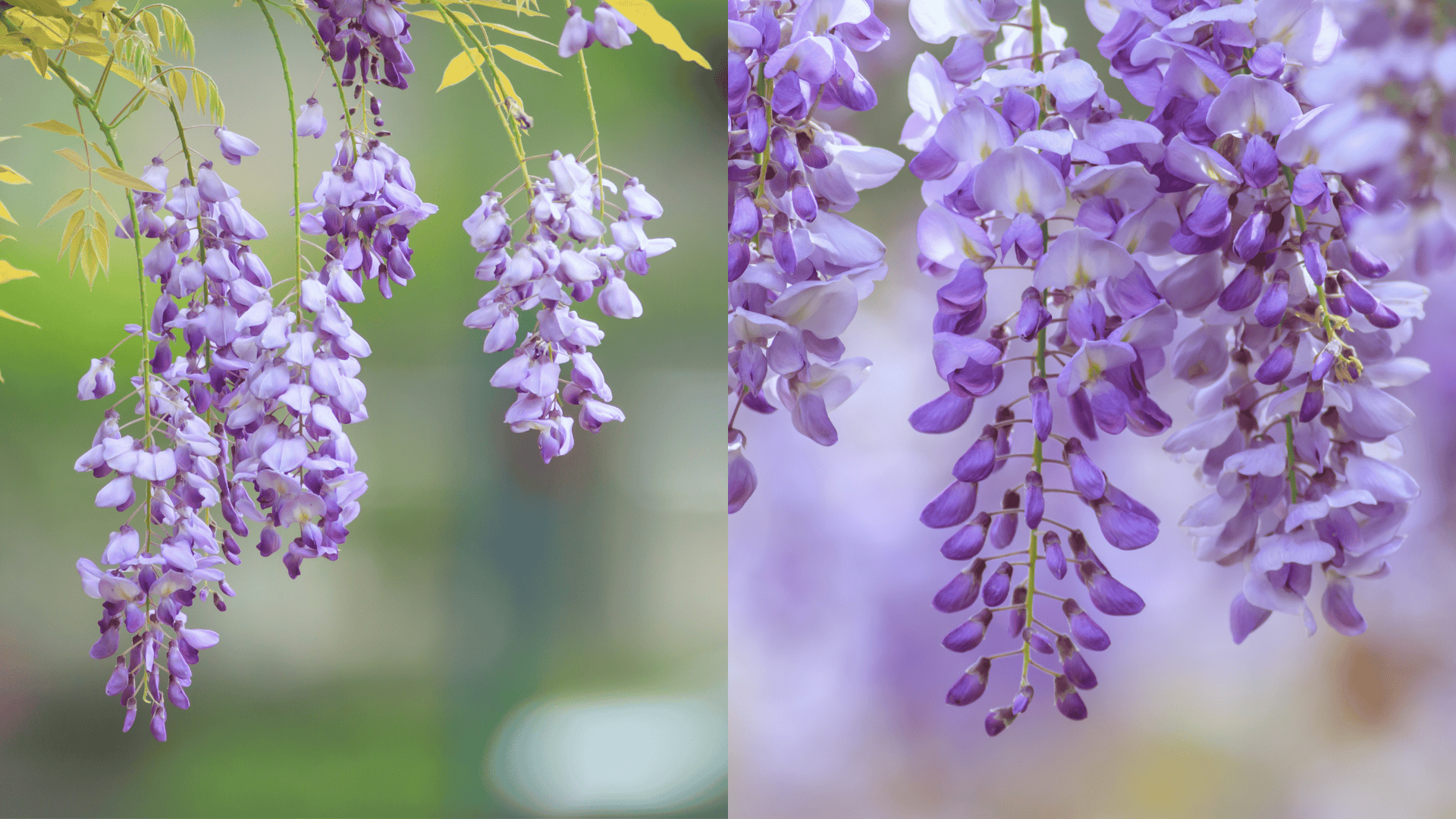Keeping plants healthy mostly depends on how they’re watered.
One method that helps achieve consistent moisture and strong roots is bottom watering plants.
Instead of pouring water on top of the soil, you place the pot in a shallow tray of water so the plant can soak it up from below.
This helps the roots take in moisture evenly and prevents too much water from sitting on top of the soil.
When plants drink from the bottom, the soil stays moist but not soggy.
Here, you’ll learn what bottom watering is, its main benefits, and how to do it the right way.
What is Bottom Watering?
Bottom watering involves placing a plant pot with drainage holes into a shallow tray of water.
The water is absorbed through the holes at the base, moving upward through the soil by capillary action.
This process helps the plant take up only the moisture it needs, preventing excess water from sitting around the roots.
Benefits of Bottom Watering Plants
Bottom watering offers several practical benefits that help plants grow stronger.
Here are the key advantages of bottom watering plants that make this method more effective.
1. Encourages deep root growth: Roots reach downward to absorb moisture, creating stronger and healthier plants.
2. Prevents overwatering and root rot: Since plants absorb only what they need, it reduces the risk of waterlogged soil.
3. Keeps soil surface dry: A drier top layer helps prevent mold, fungus, and pests like gnats.
4. Minimizes water waste: Leftover water in the tray can be reused, making it an eco-friendly option.
5. Maintains loose soil structure: Because water seeps up naturally, it prevents soil compaction and improves aeration.
How to Bottom Water Plants?
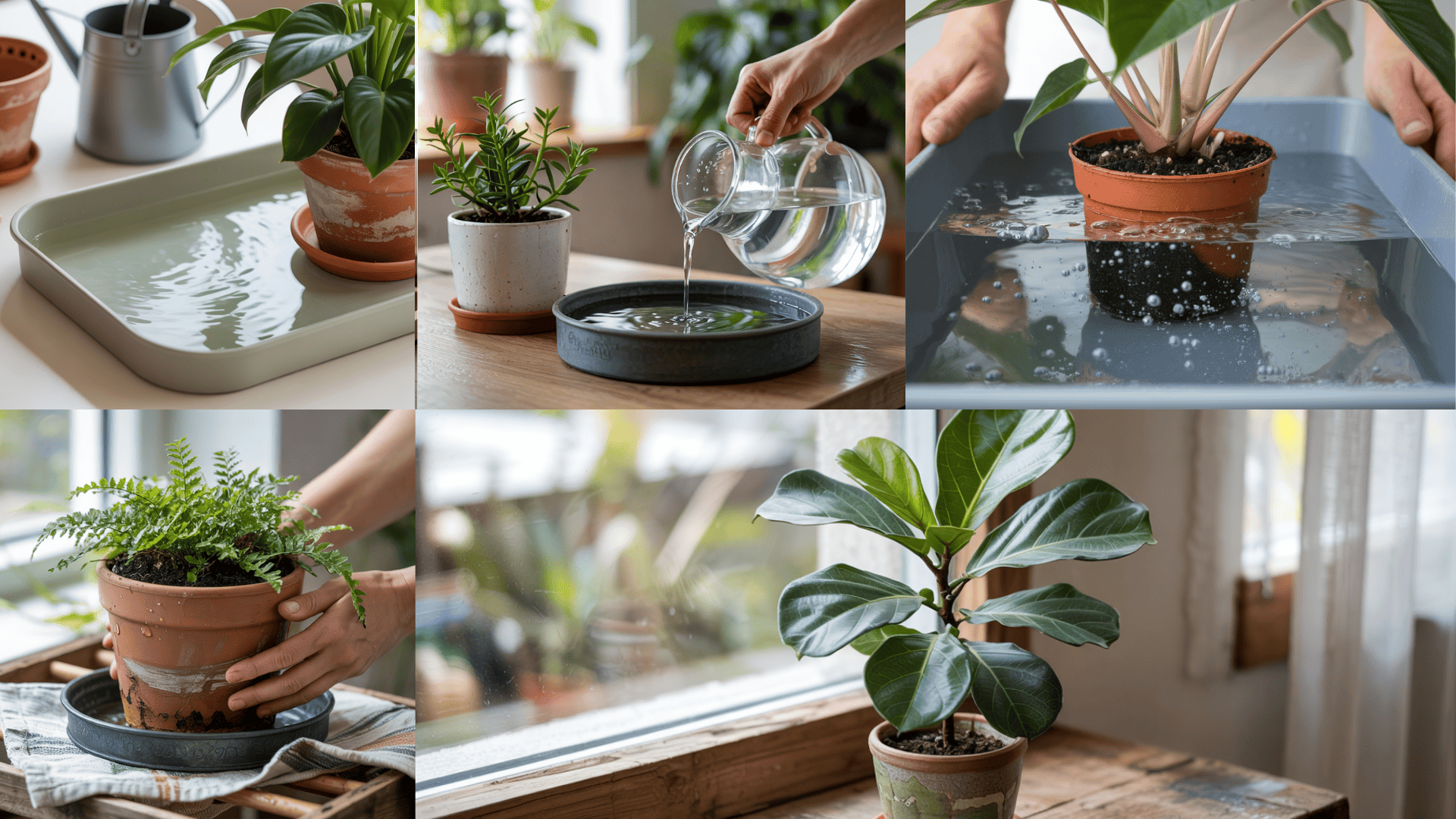
Bottom watering plants is one of the easiest and most reliable ways to keep them healthy and evenly hydrated.
It’s a gentle, stress-free method that promotes strong roots and healthy growth.
Here’s exactly how to do it, one step at a time.
Step 1. Gather What You Need
Start by collecting everything before you begin. For this, this is what you’ll need to have:
- A shallow tray, basin, or sink that’s big enough to hold your plant pot.
- Room-temperature water as too cold can shock the roots, and too hot can damage them.
- A plant pot with drainage holes at the bottom.
These holes allow the water to move upward through the soil and reach the roots evenly.
Tip: Check that your pot’s drainage holes are clear by poking gently with a pencil or chopstick before watering.
Step 2. Fill the Tray with Water
Now, pour about 1 to 2 inches of water into your tray or basin.
For small pots, 1 inch is usually enough.
For larger pots, you may need closer to 2–3 inches so the base of the pot sits comfortably in the water.
Use filtered, distilled, or rainwater if you can, as some tap water contains chlorine and fluoride that can build up in the soil over time.
Tip: If your water is cold, let it sit at room temperature for an hour before using.
Step 3. Place Your Plant Pot in the Water
Gently set your plant pot into the tray so the bottom of the pot touches the water.
You’ll notice small air bubbles forming, this means the soil is soaking up moisture from below.
Let the pot sit for 10 to 30 minutes, depending on its size.
Check the top layer of soil with your finger; it should feel evenly damp, not wet or muddy.
Tip: When bubbles stop and the top of the soil feels moist, your plant has taken in enough water.
Step 4. Remove the Pot and Let It Drain
Once your plant has finished soaking, lift the pot carefully out of the tray.
Let it drain completely in a sink, on a dish rack, or over a towel for 5 to 10 minutes.
Draining helps remove extra moisture that can collect at the bottom of the pot.
Without this step, roots may stay too wet and start to rot over time.
Tip: Allow the pot to drain fully before setting it back in its cover pot.
Step 5. Return the Plant to Its Usual Spot
After draining, move your plant back to its regular place.
Make sure it’s sitting somewhere with good light and airflow so the soil can dry slightly between watering sessions.
Avoid placing it directly under strong sunlight immediately after watering, as the plant will be more sensitive at this stage.
Bottom watering usually provides deeper moisture, so your plant won’t need water again as soon as with top watering.
Tip: If the soil still looks damp, place the plant in a bright, airy spot for a while to help it dry naturally.
How Often Should You Bottom Water Plants?
Bottom water plants only when their soil feels dry, which may range from a few days to several weeks, depending on the plant and environment.
Let water sit for 5–15 minutes to soak the roots, then drain any excess to prevent overwatering.
Combining bottom watering with occasional top-watering supports strong roots, healthy soil, and proper nutrient absorption.
Plants That Love Bottom Watering
Not all plants enjoy the same watering method, but many houseplants and indoor varieties do especially well with bottom watering.
Here are some popular plants that respond well to bottom watering and why this method suits them:
1. African Violets
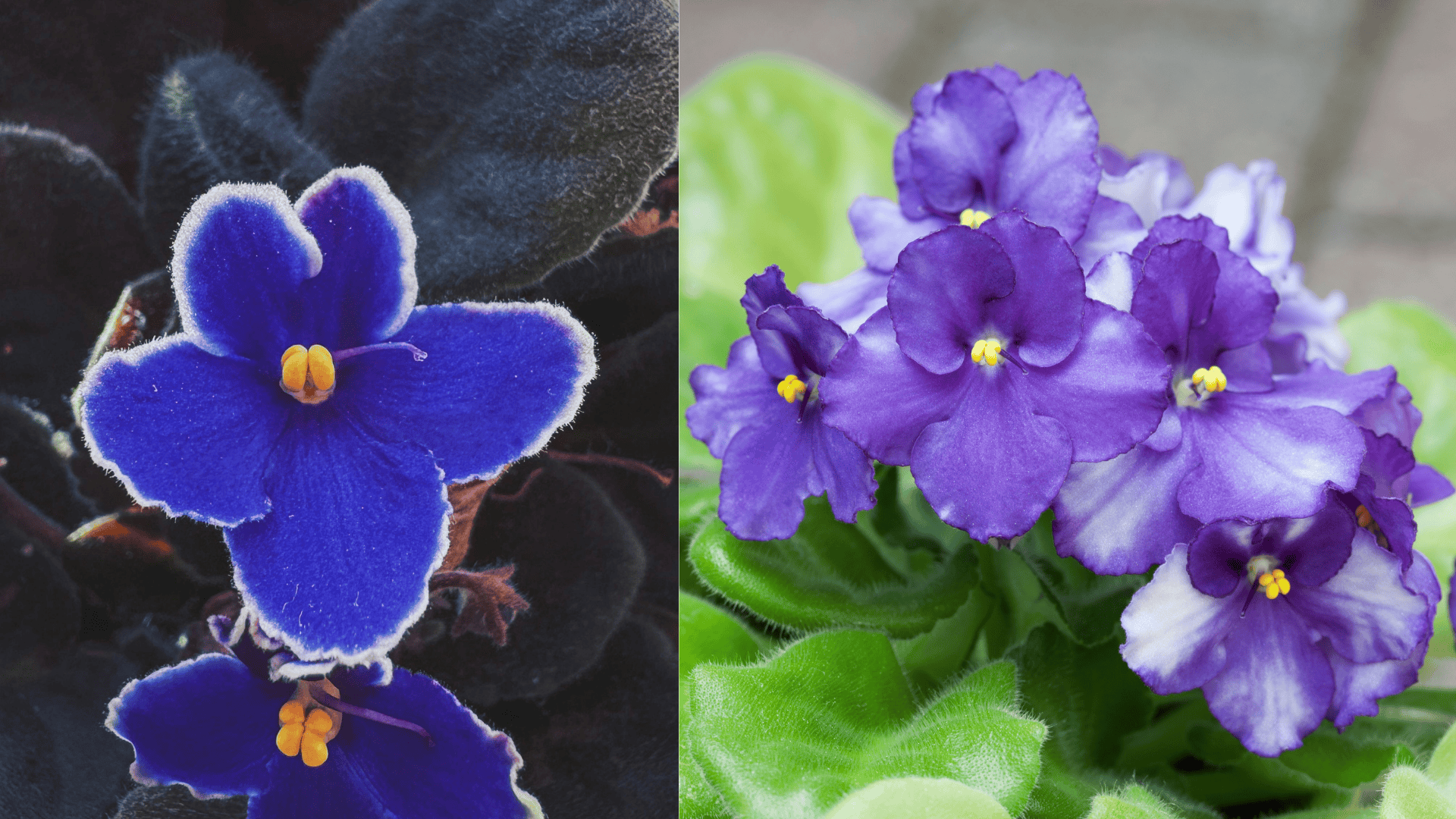
These delicate flowering plants have fuzzy leaves that can easily rot if they get wet.
Bottom watering keeps the leaves dry while giving the roots enough moisture to stay healthy and produce more blooms.
2. Snake Plants (Sansevieria)
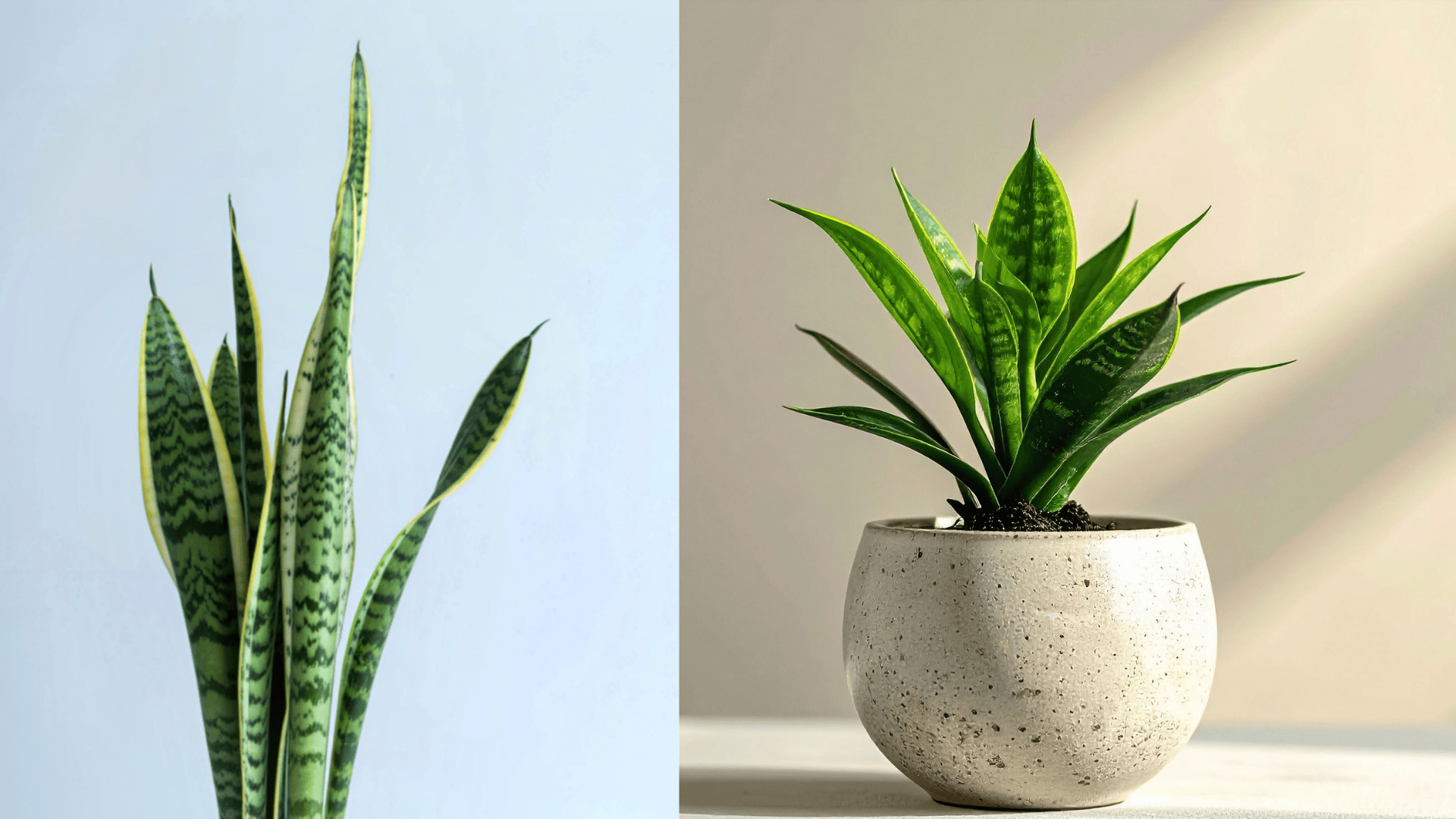
Snake plants prefer their soil to dry out between waterings.
Bottom watering allows them to take in only what they need, preventing marshy roots and maintaining firm, upright leaves.
3. Pothos
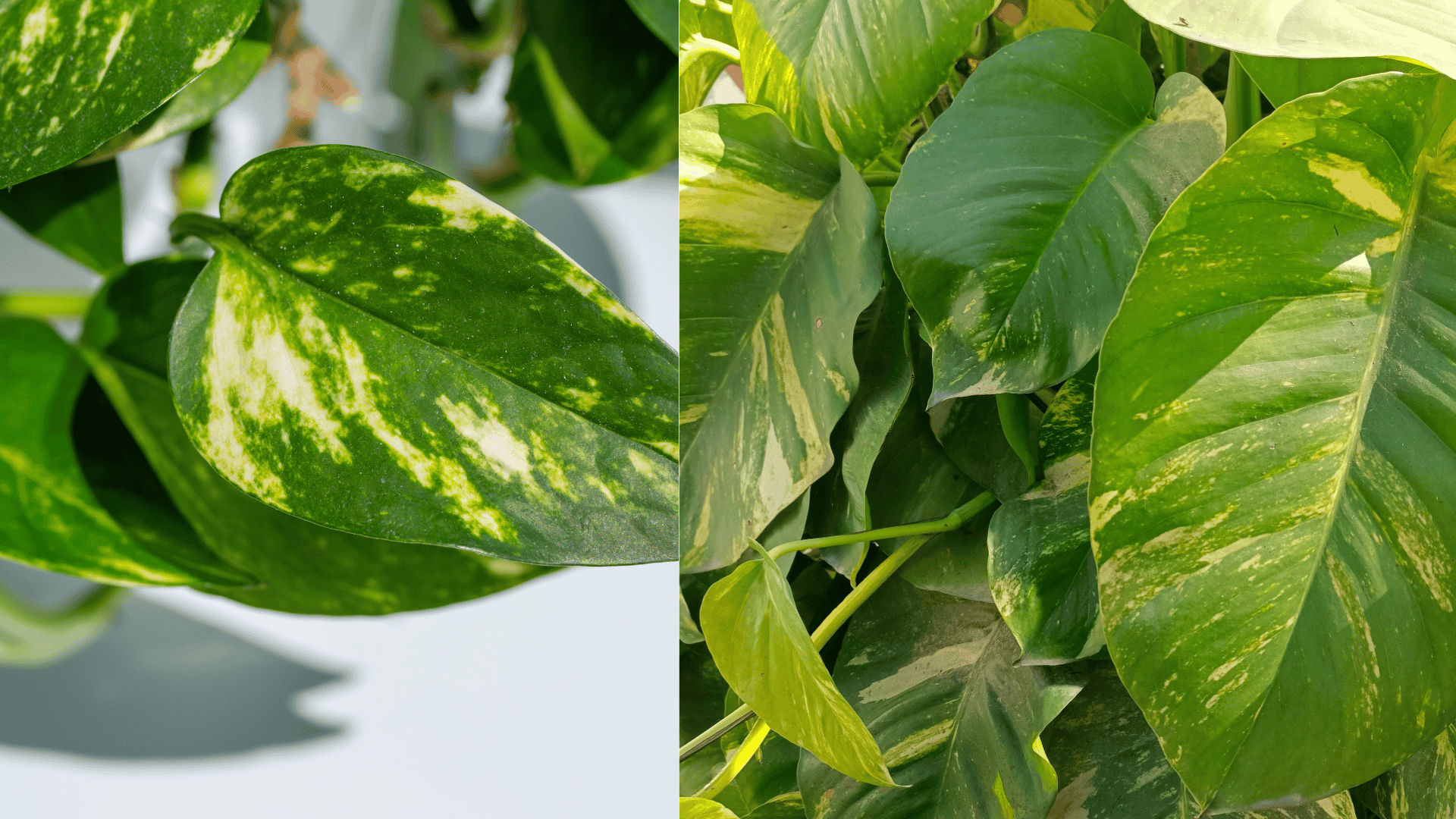
Known for their fast growth and trailing vines, pothos plants thrive with evenly moist soil.
Bottom watering ensures their roots get balanced hydration without washing away nutrients from the top.
4. Spider Plants
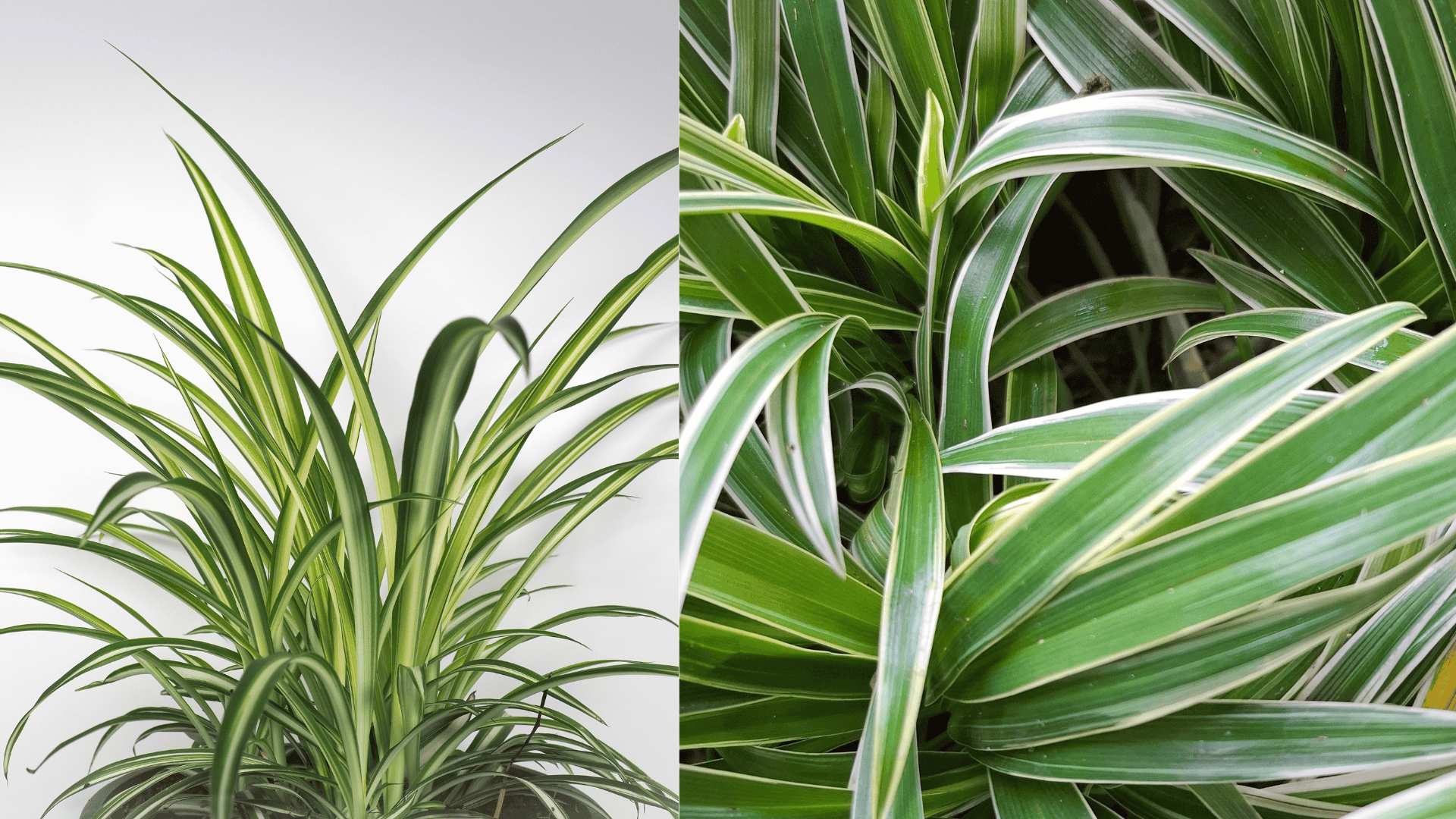
Spider plants have thick roots that store water.
They benefit from bottom watering because it encourages deep root growth and prevents the crown from staying too wet, which can cause rot.
5. Peace Lilies
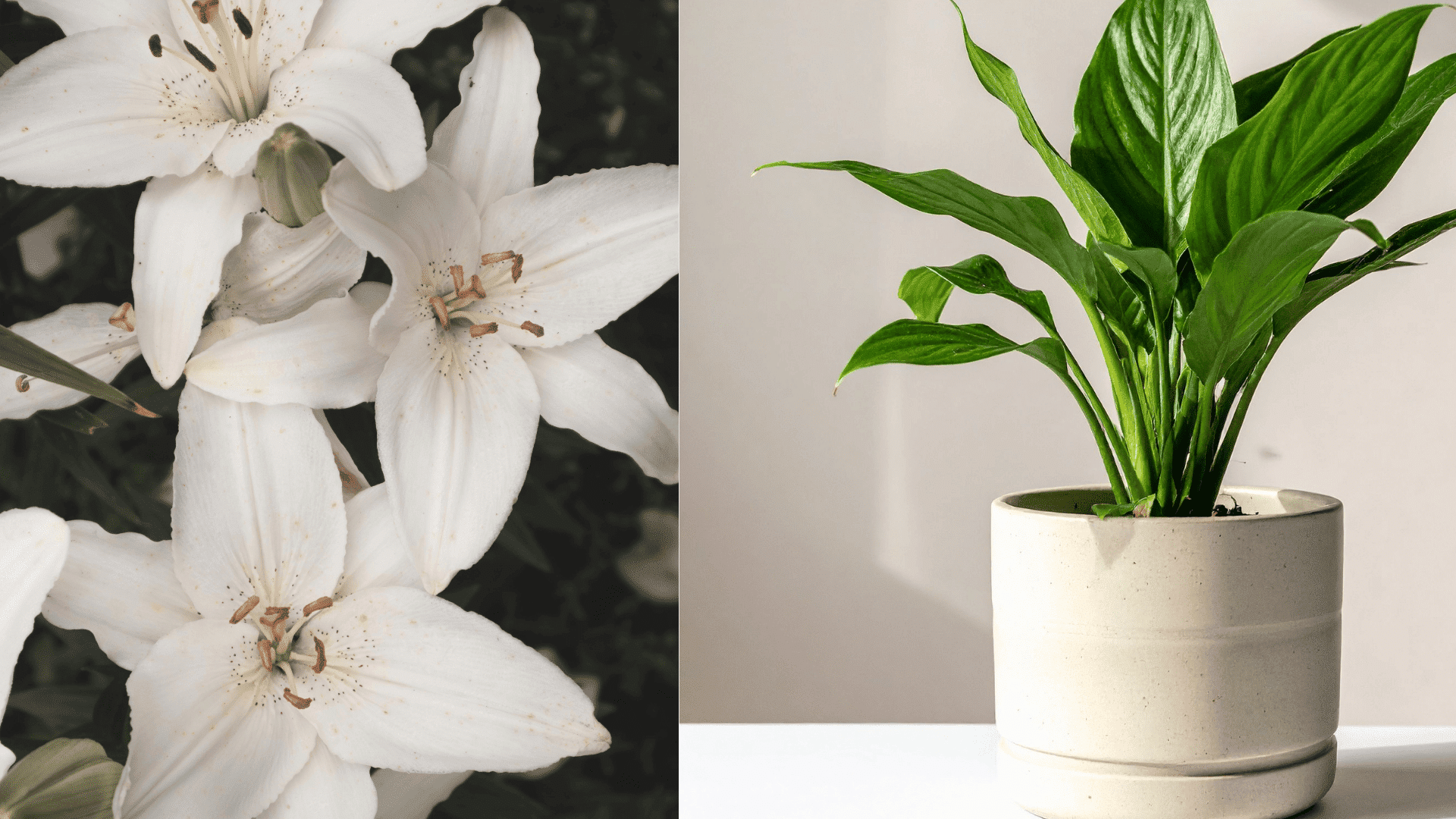
Peace lilies thrive in evenly moist soil and prefer a gentle watering routine.
Their leaves and white blooms are sensitive to splashing, which can lead to brown spots or fungal growth.
Bottom watering keeps moisture consistent throughout the pot without wetting the foliage.
Conclusion
Bottom watering plants is a simple and effective way to keep houseplants healthy.
It encourages deep root growth, improves soil structure, and prevents issues like excess moisture.
By following each step carefully and avoiding common mistakes, you can give your plants steady moisture without overdoing it.
This method saves time, reduces mess, and helps your plants stay strong and fresh for longer.
Have you tried bottom watering yet?
Share your experience or helpful tips in the comments below so other plant lovers can learn from you, too.
Frequently Asked Questions
Which Plants Not to Bottom Water?
Plants that dislike bottom watering include succulents, cacti, orchids, and air plants, as they prefer quick drainage and can rot in constantly moist soil.
Can you Bottom Water Multiple Plants at Once?
Yes, you can place several pots in a large tray. Just ensure each pot has drainage holes and enough space to absorb water evenly.
Can Plants Get Root Rot from Bottom Watering?
Yes, if left in water too long or not drained properly, it can cause issues. Always remove the pot once the soil feels moist and let it drain fully.

